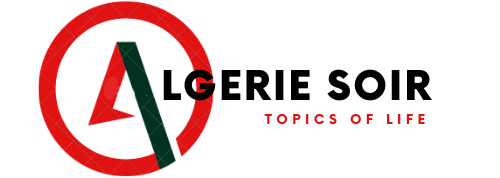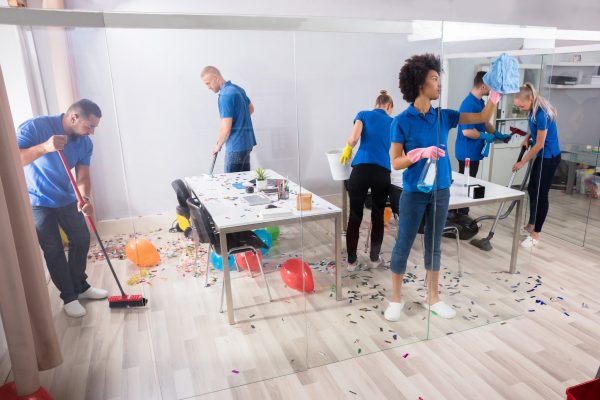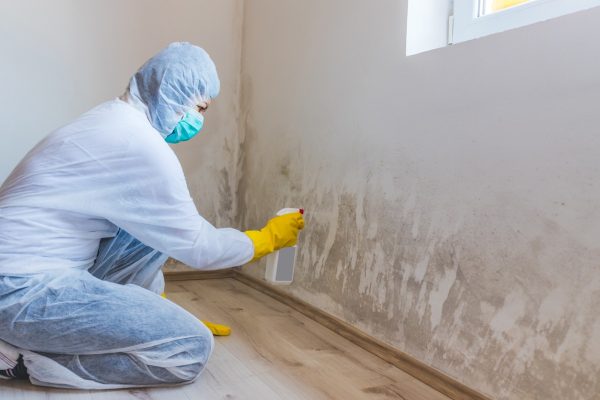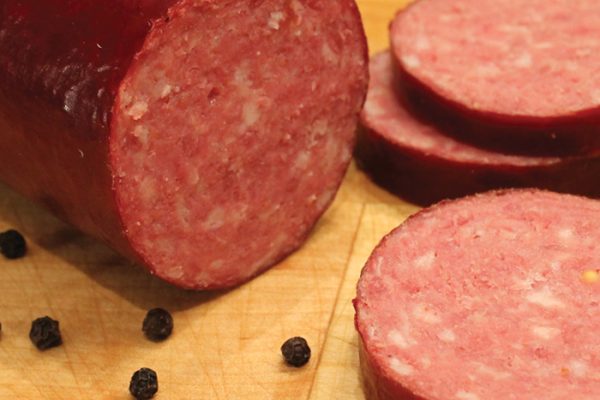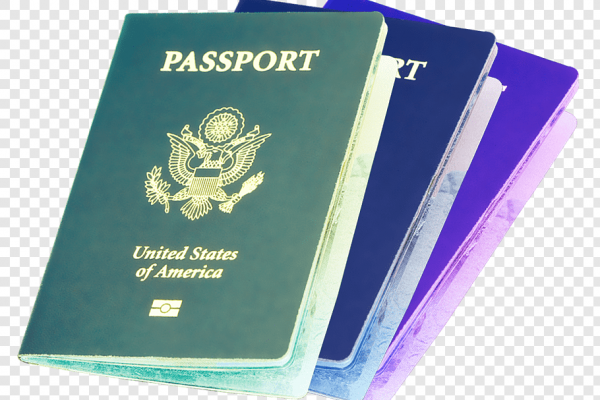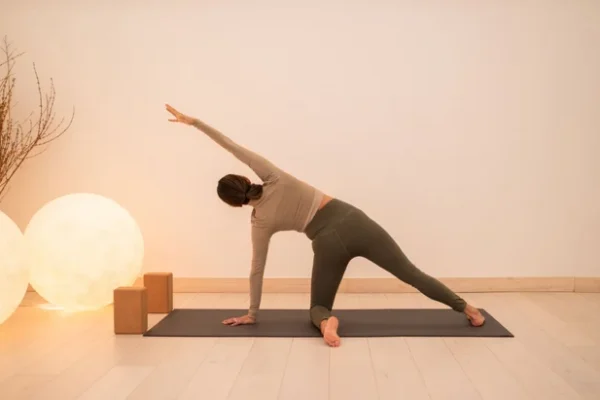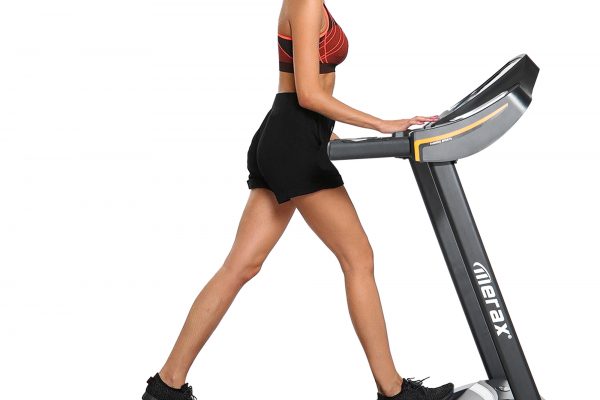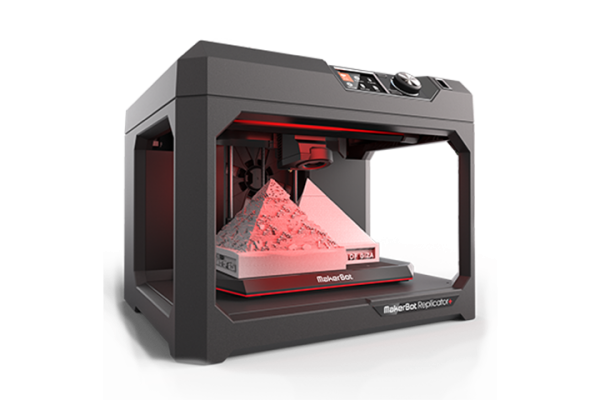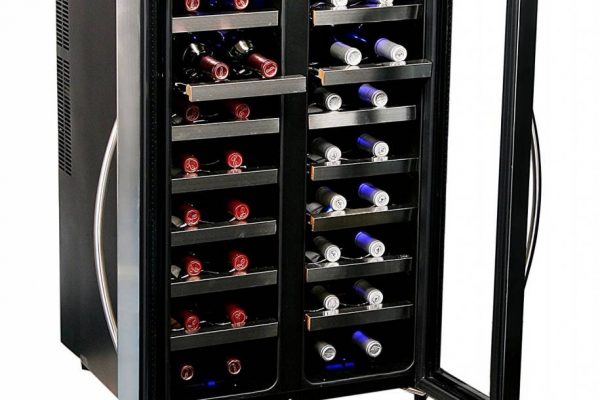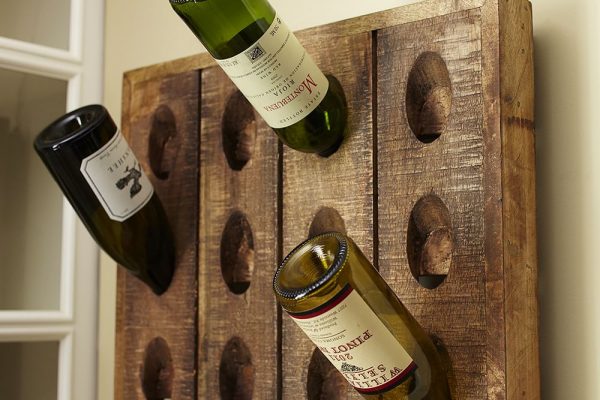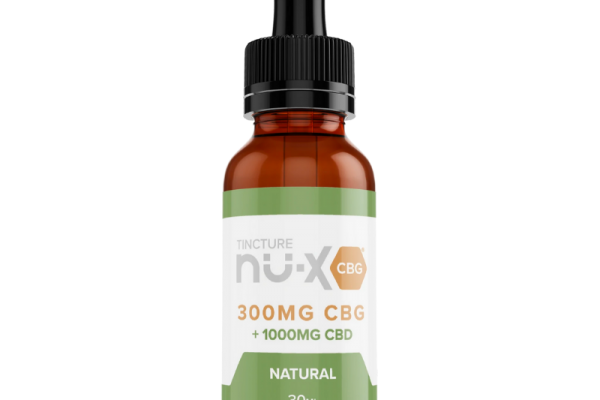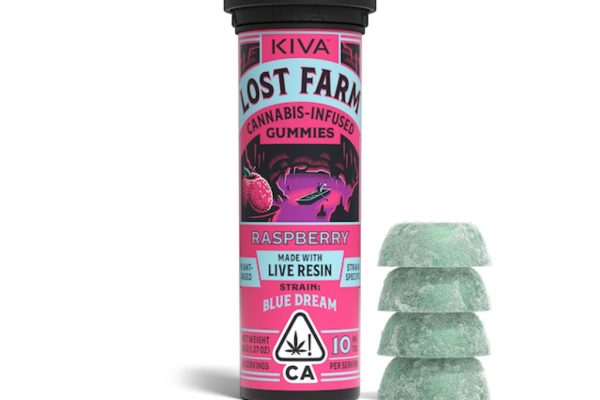When it comes to 3D printing, your quality will depend on how much time you spend tweaking the settings of your printer. You can make a big difference by understanding what each setting does and when. Here are a few tips for improving print quality.
Slicing Settings
The most important thing you need to do with slicing is to set proper values for layer height and infill percentage. This is because if your slicer is too aggressive (it slices faster) or you have a nozzle that’s not calibrated correctly, then the layers will be thicker and the infill will be thinner than it should be. If you have a good slicer, it will automatically adjust your settings as needed so that all parts look great. But if you don’t know how to optimize these settings, you can tweak them based on what you see in the preview window.
Layer Height
You want to keep your layer height at 0.1 mm. Anything less than this may result in visible lines along edges where there shouldn’t be any. Also note that you want to keep your layer height consistent across the entire model. There might be some areas that require more layers because they have more detail, but you don’t want to end up with thick layers elsewhere because you didn’t change your settings. To get an idea of how to tweak your layer height, check out this guide.
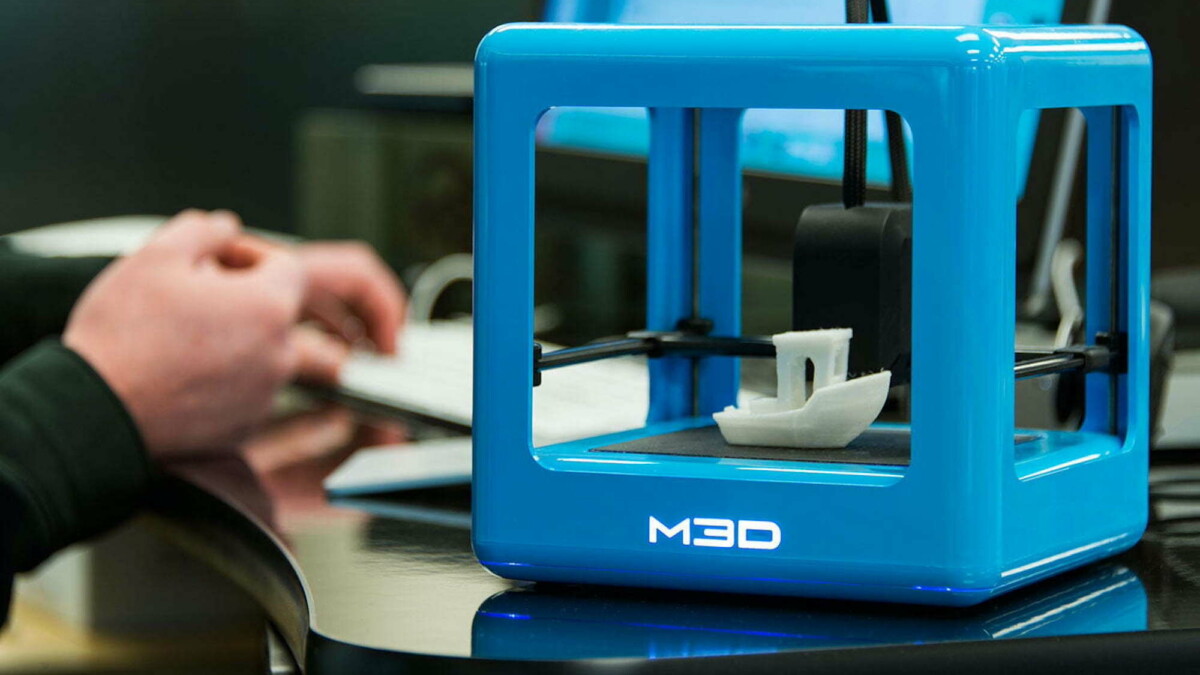
Infill Percentage
If you have a low-cost printer, you probably won’t want to go above 50% infill because that’s what the default settings are designed for. As mentioned earlier, however, if you’re using a high-quality printer, you can get away with going higher. It depends on the material you’re working with. Some materials like PLA come off better with lower percentages of infill, while others like ABS come off better with higher percentages.
Check out our guide on choosing the right filament for your printer to help decide which type of plastic you should use for your project.
The person who is planning to use the 3 D printers for the first time must have the idea of the various available option. The main motive of the people is to work for the people with the complete efficient. The top 3d printers under 500 will helps in generating the output that will give fruitful results to the people so that they can get good results.
Nozzle Size
The size of your nozzle will determine how well your printer can capture fine details. The larger the nozzle, the finer details you can capture. However, since small nozzles are easier to calibrate and clean, you should consider getting one that has a smaller diameter. This way, you’ll have better control over your print and also be able to create smoother surfaces.
Calibration
Your printer needs calibration from time to time. Even though it seems obvious, it is easy to forget that your machine needs to be recalibrated every now and then. When you first turn on your printer, it will have calibration defaults stored in its memory. But eventually, those will drift over time and you’ll end up with prints that don’t look right. To ensure your prints look their best, you need to recalibrate your machine once in a while.
To find out how to calibrate your printer, take a look at our guide on how to calibrate your printer.
Extrusion Temperature
The temperature of your filament affects how easily it flows through your printer. If you stick to standard temperatures, you should have no trouble producing smooth models. You’ll notice that if you keep extruding at a very hot temperature, your model will start to develop holes or rough spots.
Filament Selection
It’s important to select the correct type of filament for your project. Each material has different properties such as strength, durability, and ability to adhere to supports. In addition, some materials behave differently depending on whether they’ve been melted before or after being loaded into your printer.
For example, PLA behaves differently if you melt it before loading it into your printer versus melting it after loading it. And ABS behaves differently if you heat it before or after printing. If you’re unsure about what types of filaments work best for your project, take a look at our guide on selecting the perfect filament for your printer.
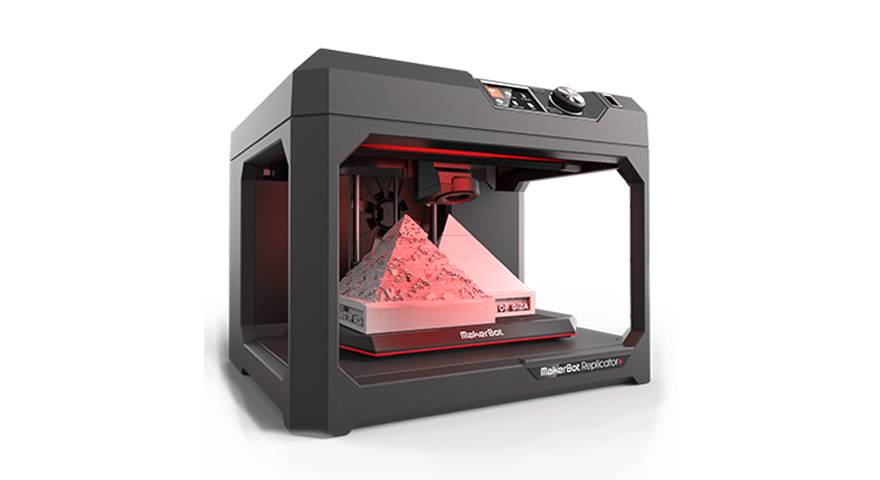
Support Material
Some types of the support material are recommended to prevent warping or other structural problems. You can use either 1.75mm or 2mm supports. If you’re not sure what support material to use, check out our guide on choosing the best support material for your printer.
Post Processing
There are several software programs available online that can help you improve the appearance of your prints. These programs let you perform various kinds of post-processing operations to give your prints a polished finish. For example, you can add highlights and shadows to your prints to make them pop even more.
And sometimes, you can use post-processing tools to repair imperfections in your prints. If you want to learn more about what post-processing can do for you, take a look at our guide on how to post-process your prints.
Conclusion
Improving your 3D printing skills doesn’t have to be difficult. With a little practice, you can become a master of 3D printing. Once you get started, you’ll wonder why you ever thought you couldn’t do it!
To learn more, check out our guide on how to improve your 3D printing skills. And if you’re ready to dive in headfirst, take a look at our beginner guides for beginners.
